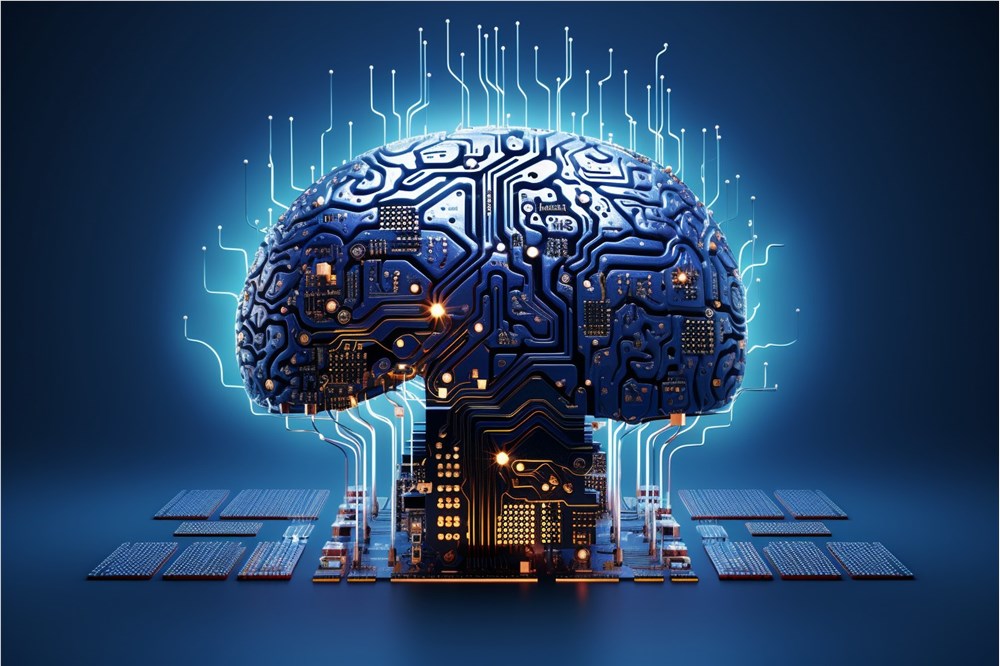BAAI Unveils WuJie AI Models Including Breakthrough Emu3
At the 7th Beijing Zhiyuan Conference, the Beijing Academy of Artificial Intelligence (BAAI) made waves in the tech community by unveiling its groundbreaking WuJie series of large AI models. This suite represents some of China's most ambitious artificial intelligence developments to date, blending multimodal capabilities with neuroscience research and robotics applications.

Figure Source Note: Image generated by AI, image authorized service provider Midjourney
The showcase included several pioneering systems:
- Emu3: A native multimodal world model integrating vision, hearing, and touch data
- Jianwei Brainμ: A brain science-inspired foundation model bridging neuroscience and machine intelligence
- RoboOS2.0/RoboBrain2.0: Embodied intelligence frameworks for advanced robotics
- OpenComplex2: A full-atom microscopic life model opening new research frontiers
What makes Emu3 particularly noteworthy is its ability to process multiple data types simultaneously - a capability that could revolutionize how machines perceive and interact with their environments. Imagine AI systems that don't just see images or process text, but understand context through combined sensory inputs much like humans do.
The neuroscience-inspired Jianwei Brainμ takes a different approach, incorporating biological principles into machine learning architectures. Could this be the key to developing more adaptable, energy-efficient AI systems? Researchers believe such biologically-informed models might overcome some limitations of current artificial neural networks.
For robotics enthusiasts, the RoboOS2.0 framework presents exciting possibilities. The system enables seamless collaboration between different robotic components - essentially creating an "embodied brain" that coordinates complex physical interactions. Early demonstrations showed remarkable coordination between robotic limbs and sensory systems.
Perhaps most unexpectedly, OpenComplex2 extends AI's reach into the microscopic realm. This model can simulate molecular interactions at unprecedented scales, offering potential breakthroughs in drug discovery and materials science. It's not every day that an AI announcement spans from robotic movement to atomic-level simulations.
The conference served as both a product launch and intellectual marketplace, with researchers from across China sharing insights about these technologies' practical applications. Healthcare emerged as a major focus area, particularly for Emu3's diagnostic potential and OpenComplex2's molecular modeling capabilities.
Key Points
- BAAI's WuJie series represents China's cutting-edge multimodal AI development
- Emu3 integrates multiple sensory data types for richer environmental understanding
- Jianwei Brainμ incorporates neuroscience principles into machine learning architectures
- RoboOS2.0 enables advanced coordination for embodied robotic systems
- OpenComplex2 opens new possibilities in microscopic-scale scientific research